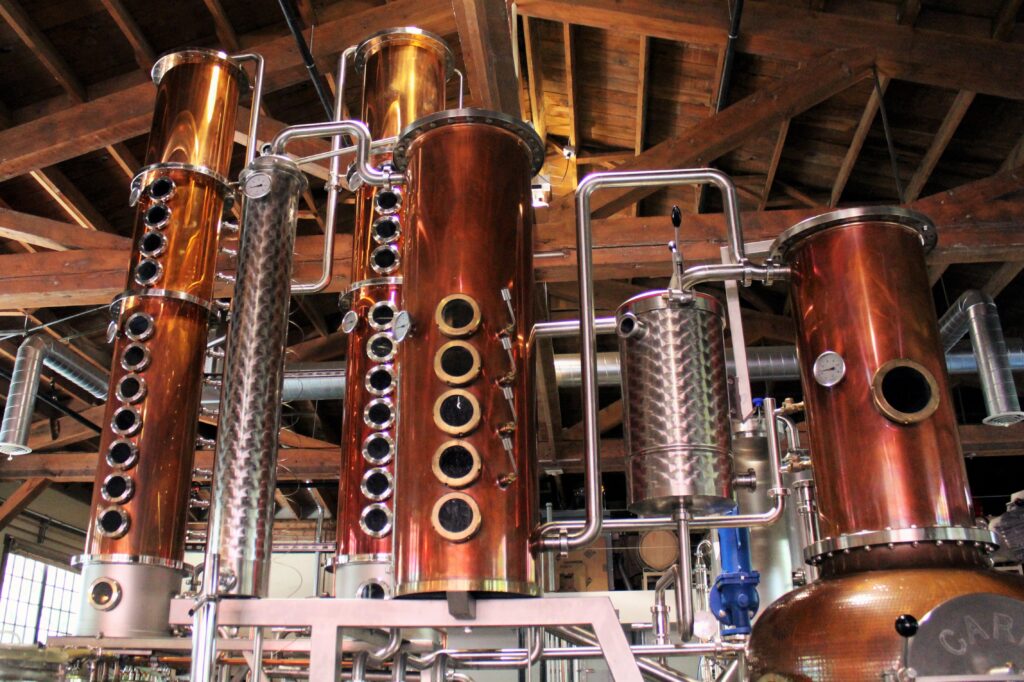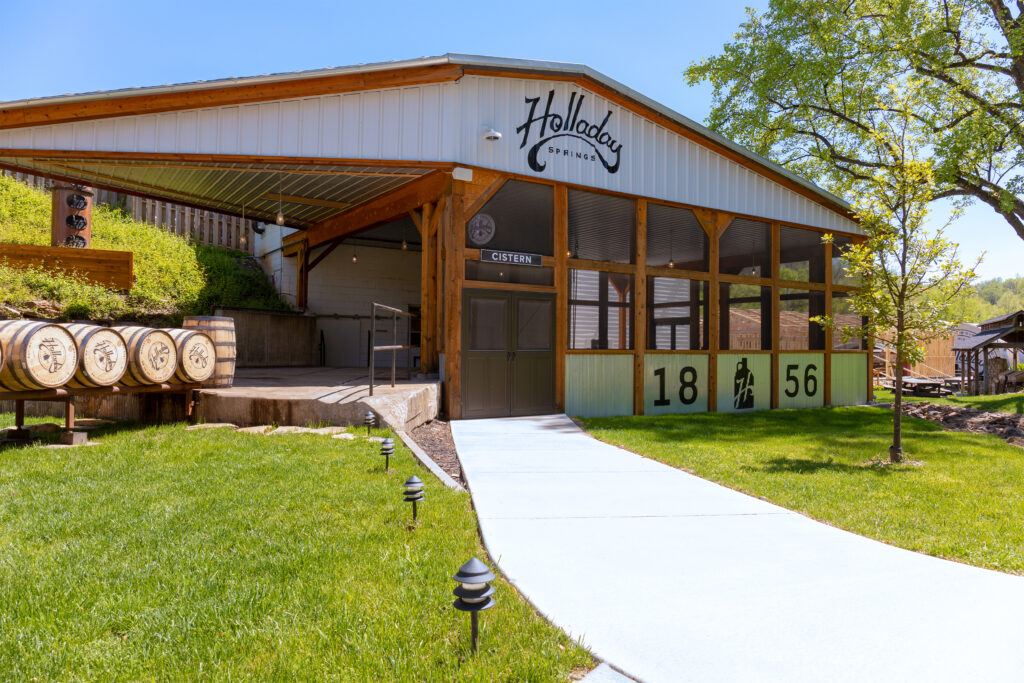
By: Kris Bohm of Distillery Now Consulting
Building a business fast and getting it right is hard to do. Many breweries and distilleries start with a far-flung idea that often takes months or years to initiate the process of bringing the idea to life. The thousands of steps needed to bring a big idea to life will take you down a path that is not obvious and certainly not direct. Going from concept to operation is a massive challenge, but with the right help and guidance it can be done quickly. There are many ways to fast track building a new business. Many of these fast methods are fraught with traps and mistakes that are expensive. The sure-fire way to build a business fast and to do it right is to work with those who have done it before. Let’s take a look at some of the biggest learning lessons from building multiple distilleries i’ve seen and help set you on the path to building your business fast and getting it right.
Talk to any business owner of a brewery or distillery, and I guarantee you that the owner will have some stories about how they did not do some things right the first time. Whether the equipment they bought was too small, or the location was not ideal, there are always lessons to be learned from a first time start up business. One lesson that is particularly painful and hard to fix is poor location selection to start the business. Many challenges such as location selection and selecting the perfect equipment for that location can have long term problems that only an individual with direct experience can foresee. Another factor that is often forgotten in a new business is planning for growth. These are just a few factors critical to starting right and starting quickly. Let’s go over some real world examples of these situations and share some lessons learned the hard way.
Selecting the optimal location can make a massive difference in the speed your business can get up and running. Finding a building that is zoned correctly is a huge step forward in starting the business. In many instances a business is planned to be started in a building that is not zoned for manufacturing aka light industrial use. To get a building rezoned or to get a zoning exemption can take months if not years and can be a costly endeavor. Seeking out a building that is zoned correctly to start with will help avoid this problem entirely. At first glance, hunting for the correctly zoned property can be so specific that it can feel like a hindrance to starting the business, but taking the extra time needed to find the right property with the correct zoning can save an immense amount of time to start up. In one instance it took a distillery an entire year to get a property and building rezoned and in this case the zoning had to be approved before construction was allowed to start.
A major cost in building a distillery or brewery is bringing all the proper utilities to the building. The cost of adding sprinklers can be astronomical. Bringing fire water for a hydrant and or sprinklers to a building then installing fire sprinklers is not only costly, but can add months to the timeline of a construction project. The other primary utilities that are needed for a business to function are another factor that is important to consider. Manufacturing equipment often has large electrical demands for motors and requires 3 phase power. Seeking a building that has enough electricity to service the business is another factor that will help to fast track the construction and reduce construction cost. The 3 other critical utilities are sewer, water and gas. All 3 of these utilities have critical use in the business and when possible, finding a building with properly sized utilities in place can save hundreds of thousands of dollars on construction. Buildings that were previously used for manufacturing are often the best option that can potentially have all utilities needed. We recently helped a distillery open up in which the previous building tenant was a water bottling plant. This building already had all necessary utilities in place and floor drains. As a result this distillery was built out extremely quickly. The construction cost of this distillery was also quite low as there was minimal construction related to utilities.
One challenge many businesses face as they start to grow is the room to grow. It is essential in selecting a location to seek a place with room to grow. Room to grow can mean many different things. Opportunity to grow can be as simple as a location with an empty lot or adjacent buildings that could be added to the operation. When a business outgrows the space it operates in, daily operations can become painful to manage. It can be hard to plan for growth when so much time and energy is being given to just getting started. Considering long term growth during location selection can be so valuable when it comes time to grow.
When the ideal building is found to build your business, the location is often less than ideal in consideration to foot traffic into a tasting room. Oftentimes the perfect building is tucked far away into an industrial neighborhood that no one would ever stumble upon. This can be challenging for the business as a tasting room or cocktail lounge is often an important revenue center. As foot traffic is non-existent in most industrial neighborhoods, bringing visitors to an onsite tasting room can be difficult. One creative solution that solves this problem is the satellite tasting room. In some states an offsite tasting room is allowed with a distillers permit. A satellite tasting room is often a small tasting room or cocktail lounge that is located in a downtown or Main St setting. A downtown location like this is a great way to introduce people to your brand. A downtown location is also often an impossible place to build a manufacturing business. The satellite tasting room creates the opportunity to expand your business in a tourist area or location with strong foot traffic, to support the manufacturing operation with revenue.
With such an extensive list of qualifications for the ideal location, it can seem a bit like chasing a unicorn to find the perfect building. It is unlikely you will find a building that checks every single box on my list. A location can certainly be found that checks most of the boxes if you hunt hard enough. For every key feature you find in a potential building these things can save you months of build time and large amounts of money. Finding the ideal space will take lots of diligent hunting. Further it takes the resolve to say no to a space if it is less than ideal. Saying no can be hard, as many spaces can be tempting to say yes and take the steps forward to start construction. It is actually quite common that the first or even second potential location selected for a business does not work out. In some cases I’ve seen several potential locations not end up working for a location.This is not to say that you must have all of these utilities in place for a location to work, but if the building does have it all you will be up and running really fast.
When starting a manufacturing business, the right location can sometimes mean the difference between success and failure. Take the time to find the right place before you take the big leap to build the business. If you are unsure whether or not a location is right, then hire an experienced consultant or professional to help you consider your options. That professional could save you from making a costly mistake. Building it fast and getting it right can be done but must be done with care.









